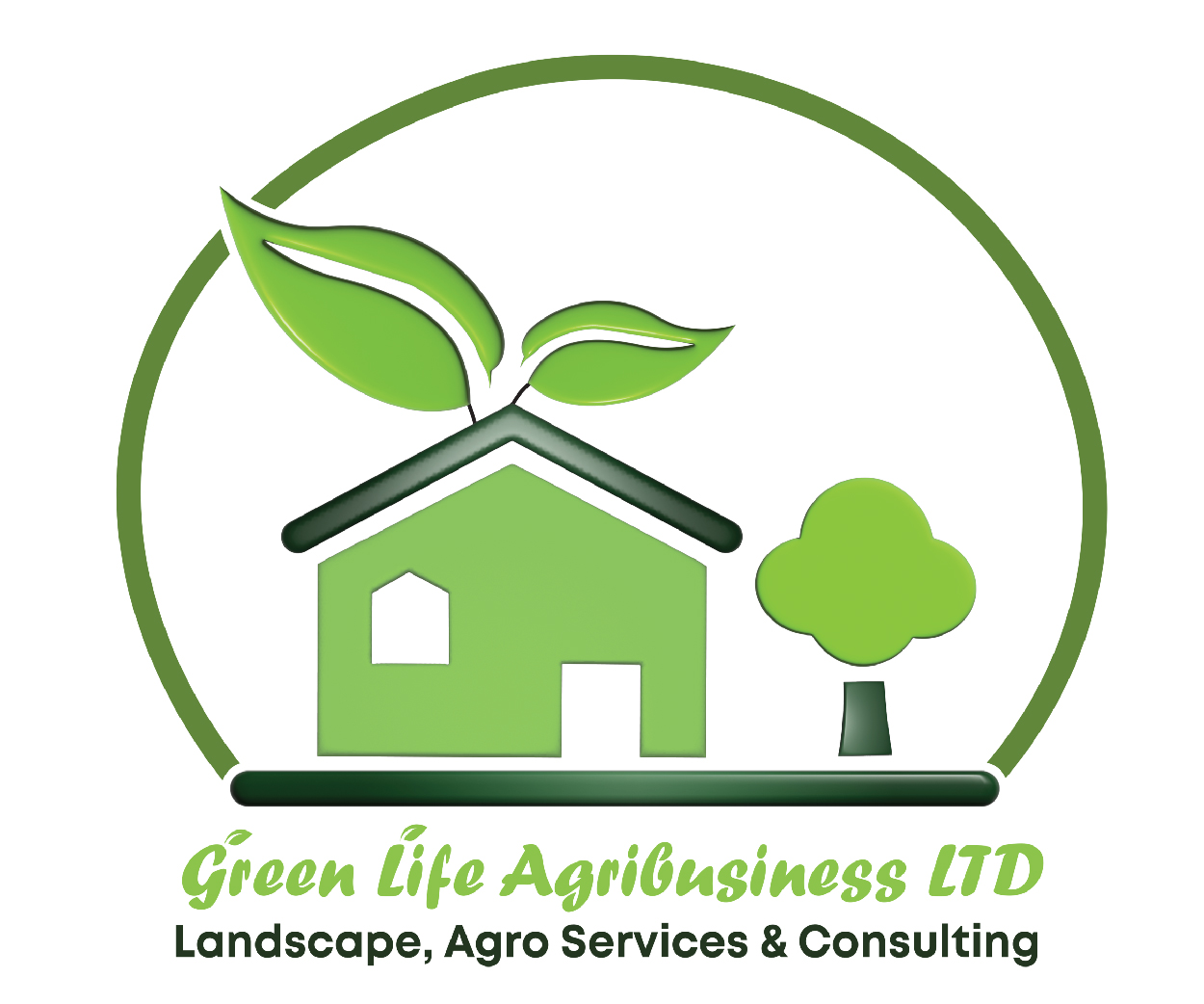Sorghum production in Somalia: Sorghum is multi-purpose crop that plays an important role in the socio-economic life of farming communities and is cultivated primarily for subsistence purposes and serves as a key food and fodder crop, particularly in rain-fed regions where livestock plays a vital role in the livelihoods of local agro-pastoral communities.
Sorghum production is mainly done by smallholder farmers and is carried out in dryland areas. Sorghum is more drought tolerant than maize and is grown predominantly in the Bay Region, south-central Somalia between the Juba and Shebelle rivers, Somalia’s largest rivers (Hussein Haji and Paul Porter, 2021)

Most sorghum producers rely on seeds saved from previous harvests. The primary demand for sorghum comes from rural households, where it is consumed as porridge, a drink known as mordi, and its biomass is used as supplementary fodder, especially during the dry season. In cases of crop failure, herders may graze their livestock in sorghum fields.
Sorghum is typically cultivated under rain-fed conditions, which makes it highly vulnerable to climatic and environmental challenges, leading to production fluctuations that often fall short of market demand during harvest seasons. Yields range from 0.3 to 0.6 tons per hectare, significantly lower than the potential yield of 5 to 10 tons per hectare (Gavin et al., 2018). Most subsistence farmers grow sorghum primarily for their own use, leaving little or no surplus for market sales. To reduce the risk of crop failure, many of these farmers rent their land to sharecroppers (ILO, 2015).

Figure 1. Trends in Sorghum Production, Area Harvested, and Yield in Somalia (2018–2022)
Sorghum is typically planted between April-June and October-December. There are two categories of sorghum producers: i) subsistence producers (80 percent); and ii) commercial producers. Subsistence producers grow sorghum for their own consumption and rarely have surplus produce to sell to the markets. The surplus (unprocessed sorghum) is sold directly to consumers, middlemen, or retailers. Post-harvest activities performed by the farmers include threshing, winnowing, and storing in sacks. The transport costs in trade of sorghum are prohibitive for many of the smallest producers.
Sorghum production in Somalia has experienced fluctuations in recent years due to various factors affecting yield and production. Between 2018 and 2022, the area harvested remained relatively stable, with a slight increase from 234,000 hectares in 2018 to 250,000 hectares in 2019, and it remained constant at 250,000 hectares from 2020 onwards. However, production levels did not follow the same stability and showed a significant decline over time.
In 2018, total sorghum production was 130,000 tons, but this dropped to 125,000 tons in 2019 and further decreased to 100,000 tons in 2020. Production stagnated at this lower level, remaining at 100,000 tons in both 2021 and 2022. These reductions in production were mainly driven by declining yields rather than changes in the area harvested.
Yield per hectare illustrates the challenges faced by sorghum farmers in Somalia. In 2018, the average yield was 555.6 kg per hectare, but this declined steadily to 500 kg per hectare in 2019 and further dropped to 400 kg per hectare from 2020 onwards. The reduced yield points to underlying issues such as climatic variability, poor soil fertility, and limited access to improved agricultural inputs. The reliance on rain-fed conditions further exacerbates the problem, as unpredictable rainfall patterns significantly impact productivity.
These trends highlight the vulnerability of sorghum production in Somalia to environmental challenges and the need for interventions such as improved farming techniques, access to drought-resistant seeds, and better irrigation systems to stabilize and enhance production. Despite the stable area harvested, the declining yields and stagnant production levels reveal a need for significant investment in the agricultural sector to meet both local demand and food security goals.
Sorghum competes with other cereal crops such as maize and cowpea but has a comparative advantage due to its ability to tolerate arid and semi-arid conditions. As a result, more land is typically allocated to sorghum production compared to maize and other crops.
Despite this, Somalia’s agricultural sector remains heavily reliant on food imports, and locally produced sorghum faces competition from imported sorghum. The competitiveness of domestic sorghum is limited by issues such as inconsistent quality standards and poor practices in harvesting and post-harvest handling, including threshing and storage. These challenges make it difficult for locally produced sorghum to compete with imported sorghum, which is often of higher quality and more appealing to consumers.
Table 1. Prices of red and white sorghum per kg in 2022 in various towns
| Jan | Feb | March | Apr | May | June | |||||||
| Red | White | Red | White | Red | White | Red | White | Red | White | Red | White | |
| Benadir | 0.51 | 0.77 | 0.52 | 0.79 | 0.62 | 0.93 | 0.63 | 0.97 | 0.66 | 0.99 | 0.66 | 1.00 |
| Johwhar | 0.65 | 0.66 | 0.70 | 0.74 | 0.72 | 0.74 | ||||||
| Baidoa | 0.60 | 0.66 | 0.59 | 0.65 | 0.57 | 0.71 | 0.71 | 0.75 | 0.65 | 0.70 | 0.76 | 0.82 |
| Beledwayne | 0.00 | 0.71 | 0.57 | 0.69 | 0.57 | 0.75 | 0.65 | 0.76 | 0.69 | 0.78 | 0.69 | 0.80 |
| Lower Juba -Kismayo | 0.45 | 0.50 | 0.50 | 0.50 | 0.50 | 0.50 | ||||||
Source: Central Bank of Somalia, 2022. Quarterly Economic Review (2022 Q2). Volume No 06. April – June 2022.
Although sorghum production in Somalia is low, small quantities are occasionally exported to international markets. The primary destinations for these exports include the United Kingdom, Austria, and Switzerland (OEC; 2021). However, the export value remains minimal compared to the value of imported sorghum. Between 2017 and 2021, Somalia imported approximately 417,497 tons of sorghum valued at US$ 92.75 million, while exporting only 33.7 tons, worth a mere US$ 27,000. In 2022, Somaliland exported 34 tons of sorghum and imported 6,300 tons (SIPAM. 2019).
Table 2. Import and export of sorghum (tons and value in US$1000)
| Import Export | ||||
| Year | Import quantity in tons | Import Value in US$1000 | Export quantity in tones | Export value in US$1000 |
| 2017 | 109,202.45 | 24,755.00 | 5.57 | 5.00 |
| 2018 | 81,212.26 | 17,868.00 | 4.43 | 3.00 |
| 2019 | 103,262.25 | 23,727.00 | 10.46 | 9.00 |
| 2020 | 46,820.00 | 9,398.00 | ||
| 2021 | 77,000.00 | 17,000.00 | 13.24 | 10.00 |
FAOSTAT;2022
Reference
ILO. 2015. Market Opportunity Mapping in Somalia A value-chain analysis and rapid market assessment in Baidoa and Beletweyne Provinces.
FAOSTAT 2023. Sorghum in Somalia, Crops and livestock products. FSNAU Nutrition Update: October 2022. Situation Report. Post Gu seasonal assessment, the Food Security and Nutrition Analysis Unit. October 2022. 36
Central Bank of Somalia, 2022. Quarterly Economic Review (2022 Q2). Volume No 06. April – June 2022.
OEC. 2021. Sorghum in Somalia. Digital tracker. Data from BACI HS6 REV. 1992 (1995 – 2021). https://oec.world/en/profile/bilateral-product/sorghum/reporter/som
Paul Porter and Hussein Haji. 2021. Somalia is facing another food crisis: here’s why — and what can be done to stop the cycle. https://www.minnpost.com/author/hussein-haji/
SIPAM. 2019. The Economic Impact of Cooperatives In Somalia: Key Economic Issues And Potential For Development. SIPAM Institute.














